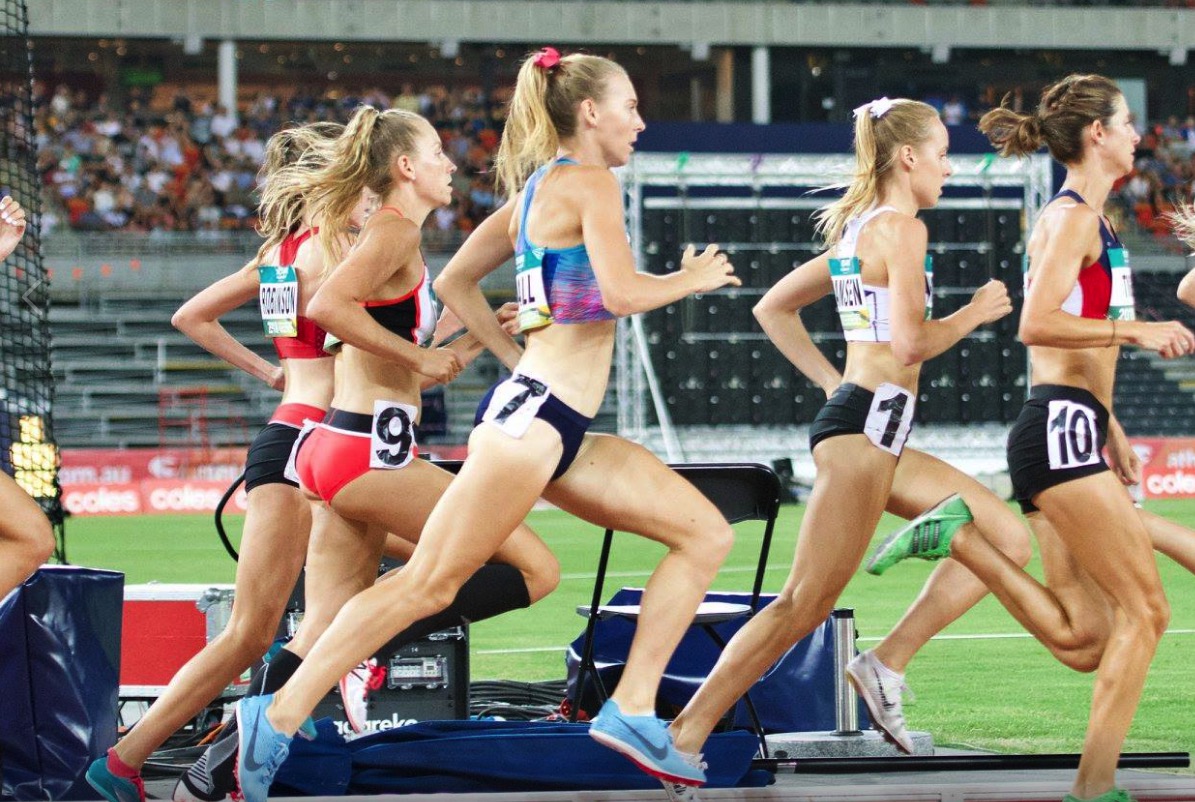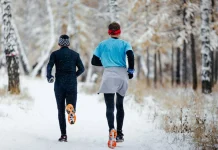Iliotibial band syndrome (also known as ITBS) is the most common injury that can affect the lateral portion of the knee in runners. Research shows that it affects anywhere from five to fourteen percent of all runners.
If you’re a runner who’s struggling with ITBS, you’re not alone. There’s more good news, though. You don’t have to continue suffering from ITBS long-term.
Listed below are four surprising solutions that can help you combat chronic IT band syndrome for good.
What is the IT Band?
Before getting into specific solutions, it’s important to understand what the IT band is and what the most common symptoms of ITBS are.
The iliotibial (IT) band is a group of connective tissue fibers that runs from the hip to the top part of the shin on the outside of the leg. It stabilizes the hips and knees, especially while doing intense activities like running.
Runners typically tend to have tight IT bands. When the IT band becomes tight, it can rub against the outer portion of the knee and become painful and inflamed. This is when IT band syndrome develops.
Common symptoms of ITBS include:
-
Pain while running, walking, or doing other activities
-
A clicking sensation during these activities
-
Pain that lingers after exercise
-
Tenderness in the knee or buttocks
-
Warmth or redness around the outer knee
What Causes IT Band Syndrome in Runners?
There are many reasons why IT band syndrome is common in runners. Some of the most common causes of this disorder in runners include:
-
Overtraining
-
Overuse (running on the same route or always running on the treadmill)
-
Tight or weak hip muscles
-
Running with improper form
-
Poorly fitting or unsupportive shoes
Surprising Solutions for IT Band Syndrome
The most common treatment recommendations for IT band syndrome include ice, rest, anti-inflammatory drugs, foam rolling, and stretching. These are all great options that can help minimize pain and inflammation. But, if they’re not working for you and you struggle with chronic ITBS, these five surprising solutions might be worth a try.
1. Try Pool Running
If you think your ITBS is caused by overuse or overtraining, you might be able to benefit from switching up your routine and cross-training with pool running.
Pool running allows you to get in a great workout and increase your heart rate without putting any stress on your joints. If you need a break from running but don’t want to give up exercising completely for a few weeks, pool running is a good compromise.
2. Strengthen Your Glutes
By strengthening the glute and hip muscles, you can minimize the amount of strain that’s placed on your IT band when you run. Strong glutes will help stabilize your knee joint so that the IT band doesn’t have to do as much work.
Some good exercises for strengthening the glutes include:
-
Lying side leg raises
-
Clamshells
-
Hip thrusts
-
Single-leg hip thrusts
-
Banded lateral walks
3. Wear an IT Band Strap
An IT band strap is a great tool that helps stabilize the knee and reduce the amount of work the IT band has to do.
If the idea of a total break from running makes you cringe and you want to continue training, and IT band strap will allow you to get your runs in without a lot of discomfort.
You can also wear an IT band strap when you return to running after you’ve taken a break. The extra support will be helpful as you’re easing your way back into training.
4. Get More Sleep
Finally, consider getting more sleep. Improving your sleep quantity and quality can help you recover from just about any injury, including IT band syndrome.
There are a few reasons why sleep is so important for recovery. First, when you’re experiencing the deep stages of sleep, more blood flows to your muscles and other tissues. This allows the muscles to receive more nutrients and oxygen, which are necessary for repair and recovery.
When your body is in a deep sleep stage, your pituitary gland also releases growth hormone for additional repair and recovery. A hormone known as prolactin is also released. Prolactin regulates inflammation in the body.






























